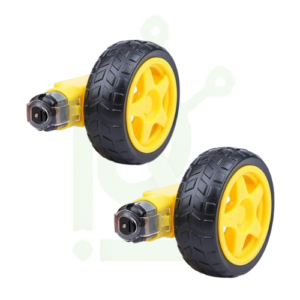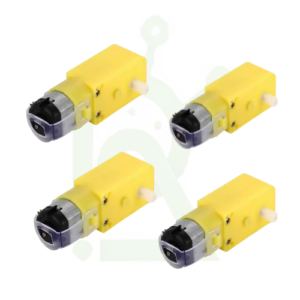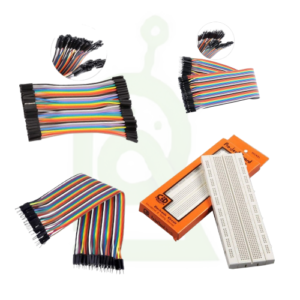Combo – Jumper Wires each type 20 Pieces with 800 points Breadboard
₹199.00
Have any Questions?
Feel free to Get in touch
Male to Female Connecting Wires are versatile jumper wires commonly used in electronics and prototyping to make connections between different components, such as sensors, microcontrollers (like Arduino), and other devices on a breadboard or circuit.
Key Features:
Male to Female: One end of the wire has a male connector (a pin), and the other end has a female connector (a socket), making it easy to connect to both male header pins and female header pins or components.
Flexible and Durable: Made from flexible, high-quality wire material for ease of use and long-lasting performance.
Color-Coded: Usually available in various colors (such as red, black, blue, yellow, etc.), making it easier to organize and identify connections.
Multiple Lengths: Available in different lengths to suit various needs in prototyping and circuit assembly.
Common Uses: Ideal for connecting components like sensors, motors, LEDs, or any device with female or male header pins, especially in breadboard setups.
Common Applications:
Breadboard Prototyping: Connecting various components to a breadboard or directly to a microcontroller (like Arduino, Raspberry Pi).
Arduino Projects: Connecting sensors, displays, motors, and other components to your Arduino or similar microcontrollers.
Circuit Testing: Great for testing and modifying circuits quickly without the need for soldering.
These male-to-female jumper wires make connecting different parts of your electronics project quick and easy, simplifying your development process.







